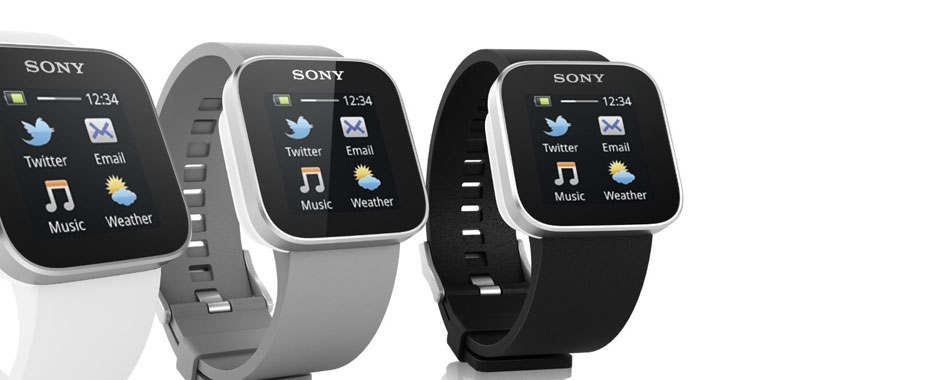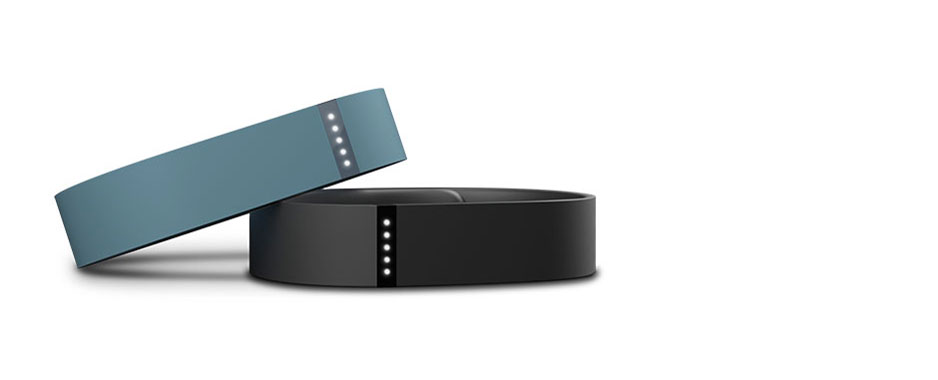People interested in tracking their health, physical activity levels and body functions can now choose from a plethora of sensor-embedded digital gadgets to monitor and measure their bodies. But the big question for many users is how their personal health and medical data are used. The Apple Watch
Browsing: Fitbit
Imagine your phone popping up an alert whenever your blood pressure is elevated, or if your blood-glucose level is problematic. Imagine receiving a warning about an impending major health issue like a heart attack and being told to get
Consumer electronics companies holding out for a “killer application” to drive the sale of smart watches are likely to be disappointed. That’s the view of Jonas Olsson, who heads the experience and design team for mobile accessories at Sony, where he focuses on wearable computing
Self-tracking, body hacking, life-logging, wearables, the quantified self — you may have heard these terms being thrown around a lot in the past year thanks to companies such as Fitbit, Nike+ and Jawbone. It was these three companies that were largely
A slew of surveys have shown that many young people do not bother with wristwatches, using their cellphones to keep time instead. When Mintel, an industry analyst, surveyed Britons in 2010, it found 28% of 15 to 24-year-olds had no use for a wristwatch. Another survey, by YouGov, found that
Would you do more exercise if you could tell how much you’d already done on any given day and had set a goal you hadn’t yet reached? With its range of personal activity monitors, US-based Fitbit’s banking on the answer being “yes”. Of course, so, too, are Nike, Jawbone







